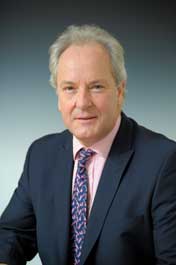 Ceona, SURF contractor with deepwater subsea construction capabilities, has announced today that the company’s executive vice president commercial and business development, Mark Preece, has been appointed as Chief Executive Officer (CEO).
Ceona, SURF contractor with deepwater subsea construction capabilities, has announced today that the company’s executive vice president commercial and business development, Mark Preece, has been appointed as Chief Executive Officer (CEO).
Mark takes over from current CEO, Steve Preston, who after 40 years in the industry has decided to retire from operational management and step down. Steve has worked tirelessly to establish Ceona as a key subsea player over the last three years, having been a prime mover and overseeing the construction of the company’s purpose-built flagship, Ceona Amazon.
John Smith, chairman at Ceona, said: “Steve is an inspirational leader who has worked with our teams to develop the strong building blocks for our business. His dedication to seeing the Ceona Amazon come to fruition, combined with his passion for innovation, saw him lead the project from design concept right through to the successful launch of the next generation, hybrid field development vessel, on time and on budget.
“We are sorry to see Steve go and extend our best wishes to him for the future, and look forward to Mark building on the foundations he has laid. Mark is a highly-experienced industry figure who has been involved with the subsea market for over 32 years. We believe he will be well placed to lead Ceona through what is an extremely challenging market environment for the industry as a whole.
“Our industry is cyclic and we remain confident in the long-term fundamentals for the deepwater subsea sector. The Ceona team, with the Amazon, will deliver a quality, cost-effective service, while our focus continues to involve working with all our stakeholders to ensure that our cost base is aligned to come through this down cycle strongly.”
Mr Preece said of his appointment: “Working with Steve has been great and he leaves some big shoes to fill. But with the team’s support, especially chief operating officer Stuart Cameron, who has been fundamental in getting the company this far, and despite the strong head winds, I feel optimistic for the future.”
Ceona is a SURF and heavy subsea construction contractor in the deepwater market, specialising in full-service engineering, pipelay and construction project management and execution, including floater installation (Semi, TLP, SPAR). The company has already established an impressive track record which has seen it expand into West Africa, the Gulf of Mexico and Brazil.
The ground-breaking Ceona Amazon is a powerful, purpose-built hybrid vessel that can execute complex logistical projects in remote, harsh and deepwater territories in one trip. Designed to deliver full flexible or full rigid pipelay, she can change easily and quickly between each mode within five days and is weather resilient. Due to her on-board capacity – the Amazon has a deck area of 4,600m2 and the ability to carry 9,500te of pipe on deck and in her two holds – she can carry more product than any other of her counterparts while the multiple, vertical-lay pipelay system features a top tension of 600 tonnes and capable to lay rigid pipe to 3,000m (10,000 ft) water depth.
The Amazon can cover the majority of deepwater field development needs including 100% of tie-backs while her two 400te cranes, which have been designed to operate in tandem to support work in water depths of up to 3,000m (10,000 ft), enabling her to lay manifolds and other structures. Ceona, which is backed by majority shareholder Goldman Sachs Capital Partners, has offices in London, Aberdeen and Houston, with strategic partners in Brazil and West Africa.
Ceona is certified by DNV to ISO 9001, 14001 and OHSAS 18001 standards. FPAL supplier number: 10053050 – Achilles ID: 29319 www.ceona-offshore.com


 The crash in oil prices has led to a dramatic decline in the number and value of awards for FPSO units. There have only been three contracts awarded this year; a conversion for the Sankofa-Gye Nyame development in Ghana, a small conversion in Iran and an upgrade in Indonesia. In total these awards account for around $1.5 billion.
The crash in oil prices has led to a dramatic decline in the number and value of awards for FPSO units. There have only been three contracts awarded this year; a conversion for the Sankofa-Gye Nyame development in Ghana, a small conversion in Iran and an upgrade in Indonesia. In total these awards account for around $1.5 billion.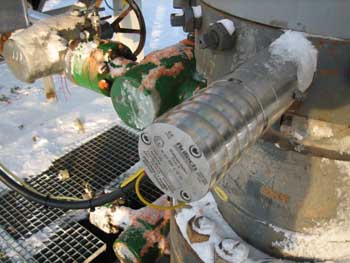
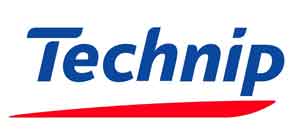 Leveraging its expertise to meet ultra-deepwater challenges
Leveraging its expertise to meet ultra-deepwater challenges 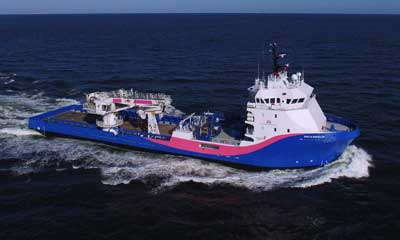 Photo courtesy of Bordelon Marine
Photo courtesy of Bordelon Marine 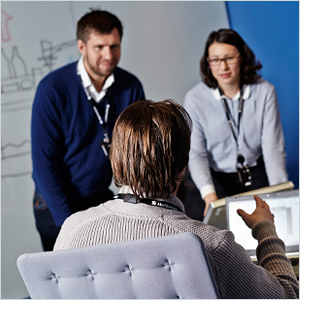

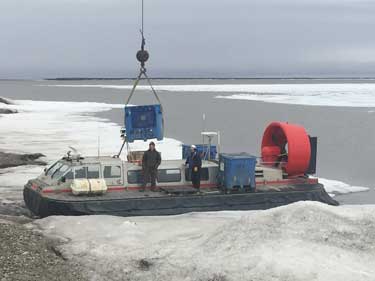 Most people know Alaska as the last frontier – a vast place where nature can be wild, unpredictable and uncooperative. Case in point: the Prudhoe Bay oilfields, where about half a million barrels of oil is extracted each day. One of the drilling sites is Endicott, located on a spit of land connected by the gravel Prudhoe Bay road system and normally accessible by truck. That is until recently, when the road was washed out. Faced with the dilemma of how to get workers, food and supplies to the work site, Hilcorp, one of the largest, privately-held exploration and production companies in the United States, turned to
Most people know Alaska as the last frontier – a vast place where nature can be wild, unpredictable and uncooperative. Case in point: the Prudhoe Bay oilfields, where about half a million barrels of oil is extracted each day. One of the drilling sites is Endicott, located on a spit of land connected by the gravel Prudhoe Bay road system and normally accessible by truck. That is until recently, when the road was washed out. Faced with the dilemma of how to get workers, food and supplies to the work site, Hilcorp, one of the largest, privately-held exploration and production companies in the United States, turned to 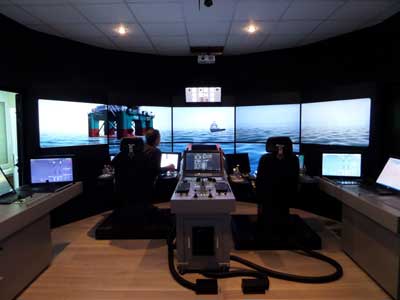 The simulation center of the Technical University of Varna has officially opened its new simulation wing on May 21st, 2015. Following the opening of its simulation center in 2012, the TU Varna has known a steady growth and further expansion into a new simulator wing was required. All the simulators in the TU Varna training center are delivered and installed by VSTEP. The new wing features a NAUTIS Class B DP Simulator as well as a NAUTIS class A Full Mission Bridge Simulator and a new ECDIS Simulator classroom.
The simulation center of the Technical University of Varna has officially opened its new simulation wing on May 21st, 2015. Following the opening of its simulation center in 2012, the TU Varna has known a steady growth and further expansion into a new simulator wing was required. All the simulators in the TU Varna training center are delivered and installed by VSTEP. The new wing features a NAUTIS Class B DP Simulator as well as a NAUTIS class A Full Mission Bridge Simulator and a new ECDIS Simulator classroom.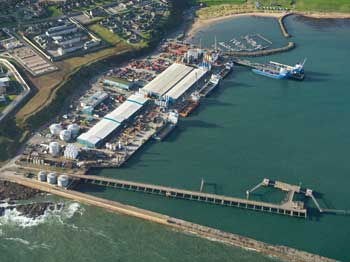 International oilfield support services company
International oilfield support services company 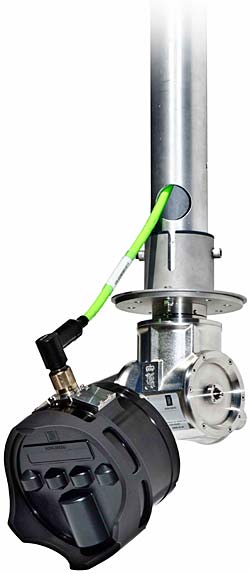 HOUMA, La. –
HOUMA, La. –  This artist’s rendering shows the three units that will make up the Baoham fleet upon delivery of the newbuilds now on order.
This artist’s rendering shows the three units that will make up the Baoham fleet upon delivery of the newbuilds now on order. 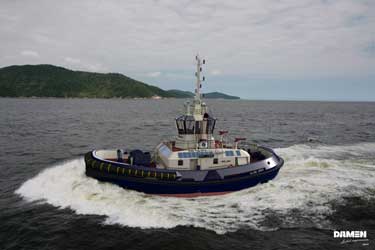 LeanShips aims to put innovations into practice by carrying out eight demonstrator show cases that combine technologies for efficient and less polluting vessels with end-users’ needs and requirements. Dedicated teams of equipment manufacturers (technology providers), shipyards (technology integrators) and ship owners (technology users) as well as rule makers will make certain that the innovations developed in the project are matured to market uptake capability.
LeanShips aims to put innovations into practice by carrying out eight demonstrator show cases that combine technologies for efficient and less polluting vessels with end-users’ needs and requirements. Dedicated teams of equipment manufacturers (technology providers), shipyards (technology integrators) and ship owners (technology users) as well as rule makers will make certain that the innovations developed in the project are matured to market uptake capability.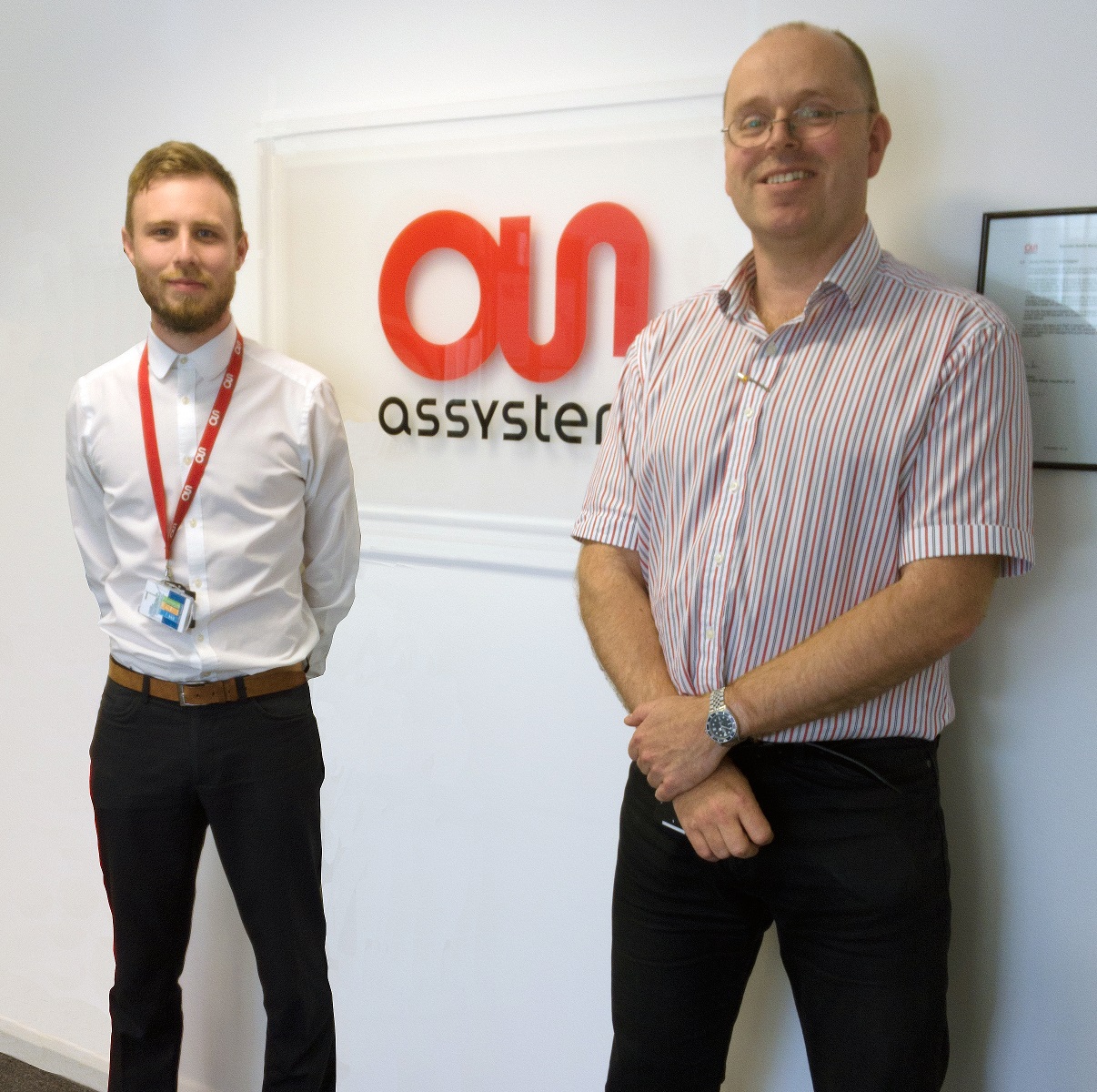 David Lister, Senior Stress Engineer and Dr. Adam Towse, Assystem’s UK Head of Discipline for Stress at Assystem in the UK
David Lister, Senior Stress Engineer and Dr. Adam Towse, Assystem’s UK Head of Discipline for Stress at Assystem in the UK 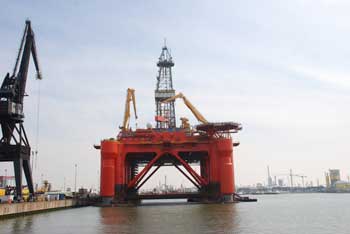 Blackford Dolphin
Blackford Dolphin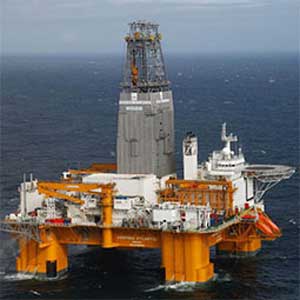 These contract awards contribute significantly to increase the order backlog and earnings visibility of Odfjell Drilling during a tough market cycle. The employment of Deepsea Atlantic under a long-term contract in Norway and the increased market share for our platform drilling services in the North Sea are of great importance and inspiration to our whole organization, says Lieungh.
These contract awards contribute significantly to increase the order backlog and earnings visibility of Odfjell Drilling during a tough market cycle. The employment of Deepsea Atlantic under a long-term contract in Norway and the increased market share for our platform drilling services in the North Sea are of great importance and inspiration to our whole organization, says Lieungh.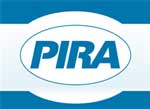 NYC-based
NYC-based